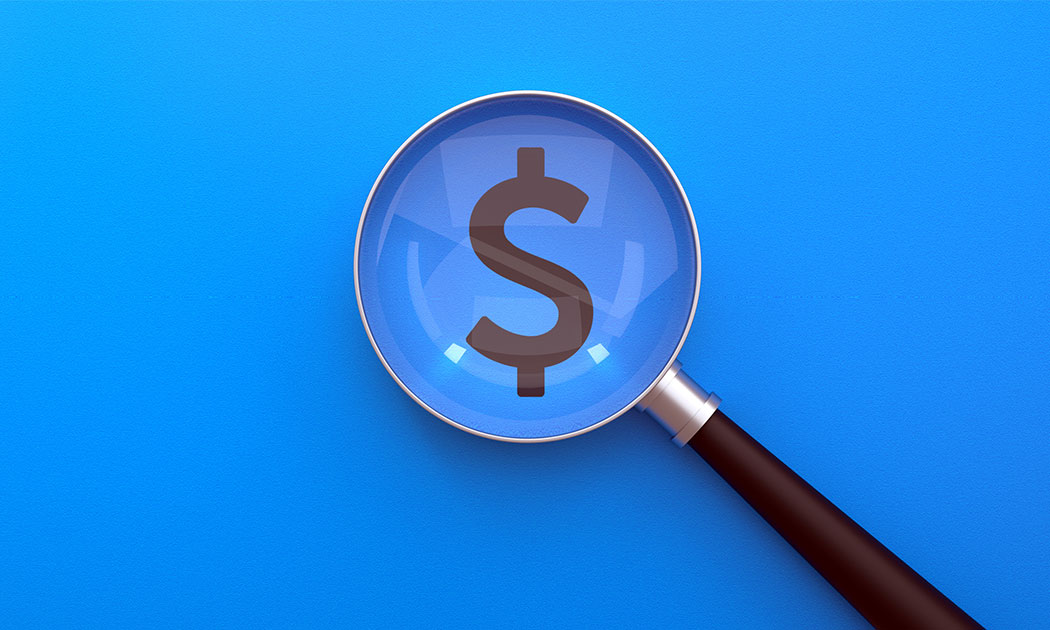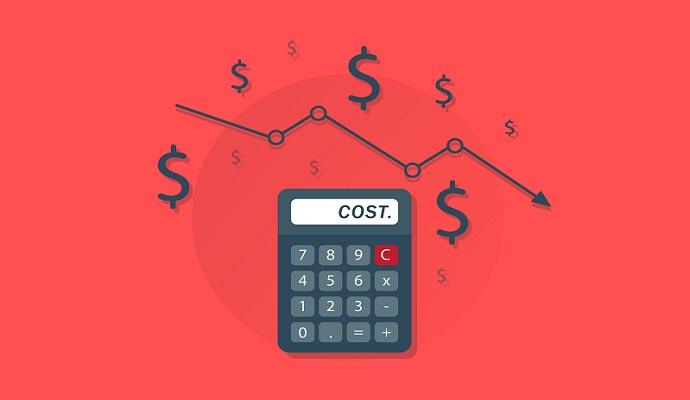
Introduction
All successful investors have one thing in common… they all know how to properly analyze which companies that they should invest their money in. This analysis helps them put their resources where there is a reasonable expectation of profit.
If you want to be a successful investor, you too will need to learn how to properly analyze a company’s financial situation. With proper analysis, you can make better assumptions about a company and where they are heading with their finances so that you can invest with confidence.
It’s doesn’t mean that you will always win, but you will have a higher success rate because you are investing in companies that are expanding and growing.
One of the ways you can analyze a company is by picking apart their balance sheet. The balance sheet tells us a lot of information, such as:
How much a company is worth.
The total debt a company has (liabilities).
How much a company owns (assets).
The total of money held in retained earnings (equity) for the future.
Specific account balances for Assets, Liabilities, and Equity.
Today, I am going to walk you through each category of the balance sheet. Then I will provide a high-level overview of the typical accounts found in each section. Lastly, I will talk about a few key financial ratios that you, the investor, can use to analyze a company’s balance sheet.

Each Category of a Balance Sheet
Balance sheets are sometimes basic, with just one or more accounts under each category. Other times, balance sheets can have lots of accounts, numbers, and data on the page. This is especially true when you deal with massive companies who have subsidiaries or international parts to their organization.
Regardless of how complex the statement seems; the concept is still the same. Everything is categorized under these three categories:
Assets – Resources with economic value, controlled by the company and are used with the expectation that it will provide a future benefit (Investopedia).
Liabilities – Debts and Obligations that arise from doing business.
Equity/Owner’s Equity/Shareholder’s Equity – Resources that have been invested by the owners or shareholders of a company. This balance comes from additional investments by an owner, or the earnings that arise from doing business (Money-Zine).
Here is a sample balance sheet for a fictitious Springfield Psychological Services from APA Practice Organization:
As you can see in the sample balance sheet above, the Assets are on the left side, with the Liabilities and Owner’s Equity listed on the right side. Most balance sheets will follow this same look and feel; however, they are not required to.
Overview of Accounts
Assets – These are often divided into two categories: current and non-current assets.
Current Assets: Cash and cash equivalents, short-term investments, accounts receivable, prepaid expenses, inventories, etc.
Non-current Assets (Fixed Assets): Land, building, intangible assets, long-term investments, etc.
Liabilities – Just like Assets, these are often divided into current and non-current liabilities.
Current Liabilities: Notes payable, or any other liability that is due in the next 12 months.
Non-Current Liabilities: Long-term debt like bonds, or any other liability that is due later than 12 months.
Equity – Sometimes referred to as Owner’s Equity, or Shareholder’s Equity. Most of the time, this is one blanket account titled, “Total Owner’s Equity.” However, this will also be the place where you will find Treasury Stock and Retained Earnings information.

Key Financial Ratios from the Balance Sheet
Now that you know what the Balance Sheet looks like and you have a deeper knowledge about the categories and their accounts, let’s talk for a minute about a few key financial ratios that you, the investor, can use to analyze a company’s balance sheet, along with why they are important.
1st Financial Ratio – The Quick Ratio
This ratio can be calculated with the following formula:
(Cash + Marketable Securities + Accounts Receivable) / Current Liabilities
The quick ratio is important because it helps to measure liquidity. It removes slightly less liquid assets from the current ratio (see below). The higher the ratio, the greater a company’s ability is to pay its short-term debt obligations all by using short-term cash.
2nd Financial Ratio – Leverage Ratio
This ratio can be calculated with the following formula:
Total Liabilities / Net Worth (Which is the Total Equity)
The leverage ratio is important because it gives you a good indication of the company’s leverage ability. Most companies have debt, but if they are leveraging that debt to improve earnings then it will probably be a win-win. If the ratio is high, the assets exceed equity. This typically indicates that a company has quite a bit of debt relative to equity.
3rd Financial Ratio – Current Ratio
This ratio can be calculated with the following formula:
Current Assets / Current Liabilities
The current ratio is important because measures liquidity. It helps you know if the company will be “solvent” or liquid if the company shut its doors today. This will indicate the company’s ability to pay it’s current liabilities with its current assets.
Conclusion
Investing is fun. I love analyzing companies, making a decision to invest in them, and then making a profit off of them. Investing is not gambling… or at least, it shouldn’t be. Analyzing a balance sheet can help you to not gamble.
Sometimes I have losses, every investor does. However, I never invest unless I have a reasonable expectation to realize a potential profit.
If you live by that rule, and then you do your own research, then you too can invest with confidence and start working towards a brighter financial future!
Bio
Jacob Merkley is a full-time blogger who started in the accounting, financial, and retirement realms before switching to working online. He has an Accounting Degree, but now focuses on teaching others about Life Skills that put YOU in control, including the important principles of money management. He blogs over at PowerOverLife. He can also be found on Twitter.
